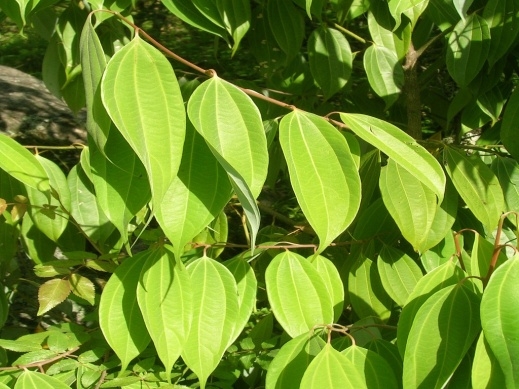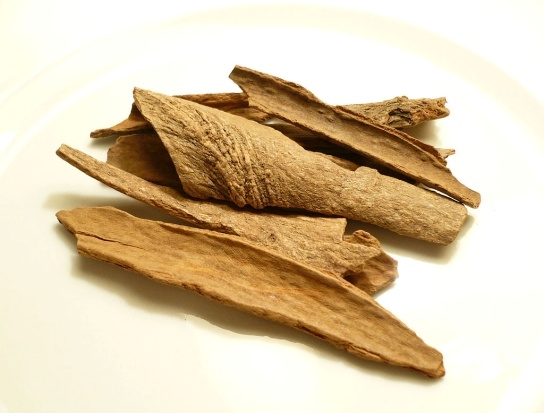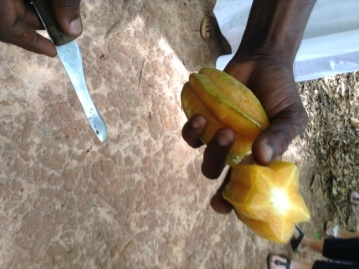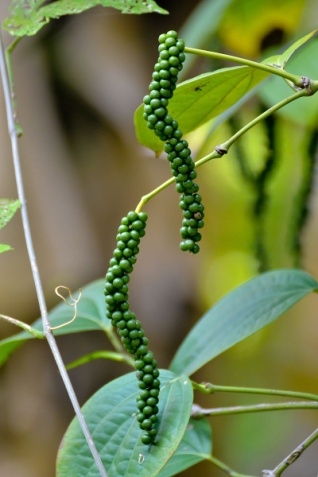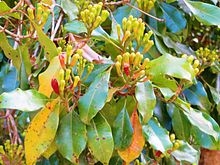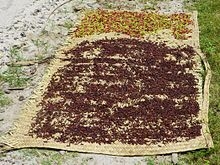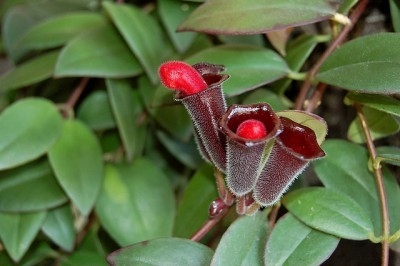In December I visited the beautiful, fertile islands of Zanzibar, a centuries old trading center in the Indian Ocean, 21 miles off the East African coast. These islands are known for producing nutmeg, cinnamon, cloves and black pepper. Ancient pottery implies trade routes with Zanzibar as far back as the time of the ancient Assyrians and traders from the Arabian Peninsula, the Persian Gulf region of modern-day Iran, and west India probably visited Zanzibar as early as the 1st century. They used the monsoon winds to sail across the Indian Ocean to land at the sheltered harbor located on the present day harbor of Zanzibar City or Stonetown.
A Greco-Roman text between the 1st and 3rd centuries AD mentioned the island of Menuthias which is probably Unguja, the principal island. From the seventh century wars in Asia and increasing trade motivated Persians, Arabs, and Indians to visit or migrate to Zanzibar. Vasco da Gama's visit in 1498 marked the beginning of European influence. Zanzibar then remained a possession of Portugal for almost two centuries.
Control of Zanzibar eventually came into the hands of the British Empire; part of the political impetus for this was the 19th century movement for the abolition of the slave trade (in which David Livingston played a big role). African slaves were highly sought after for their strength and Zanzibar was the centre of this extremely profitable trade. In 1963 the Protectorate that had existed over Zanzibar since 1890 was terminated by the United Kingdom. In April 1964, the republic merged with mainland Tanganyika. This United Republic of Tanganyika and Zanzibar was soon renamed, blending the two names, as the United Republic of Tanzania, within which Zanzibar remains a semi-autonomous region.
The day of our visit we traveled on gradually deteriorating roads into the countryside where signs for plantations and Department of the Interior research were plentiful. We passed thick vegetation including tall coconut and brilliant flame trees. Our local guide, Amour, spoke good English and was able to answer all questions easily.
The first plant we encountered was the ubiquitous, spicy-smelling cinnamon, obtained from the inner bark of several tree species from the genus Cinnamomum. The bark is ground for most common usage.
Then, we encountered a bushy tree with star fruit or carambola. The fruit has distinctive ridges running down its sides (usually five but can sometimes vary); in cross-section, it resembles a star, hence its name. The entire fruit is edible and is usually eaten out of hand as we did.
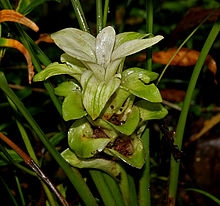
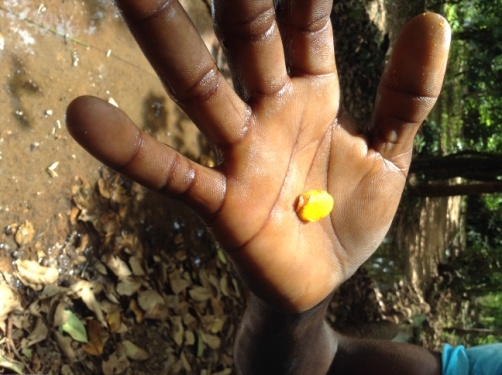
Black pepper (Piper nigrum) is a flowering vine in the family Piperaceae, cultivated for its fruit, which is usually dried and used as a spice and seasoning. When fresh and fully mature, it is approximately 0.20 in diameter, dark red, and contains a single seed (peppercorn). Peppercorns, and the ground pepper derived from them, may be described as black pepper (cooked and dried unripe fruit), green pepper (dried unripe fruit) and white pepper (ripe fruit seeds.
When you spot what looks like red grapes, you have found cloves. Cloves are the aromatic flower buds of a tree in the family Myrtaceae, Syzygium aromaticum. Cloves are commercially harvested primarily in Bangladesh, Indonesia, India, Madagascar, Zanzibar, Pakistan,SriLanka, and Tanzania. The clove tree is an evergreen that grows up to 8–12 m tall, with large leaves and sanguine flowers grouped in terminal clusters. The flower buds initially have a pale hue, gradually turn green, then transition to a bright red when ready for harvest. Cloves are harvested at 1.5–2.0 cm long. Cloves can be used as an ant repellent and supposedly as a pain-killer for dental emergencies.
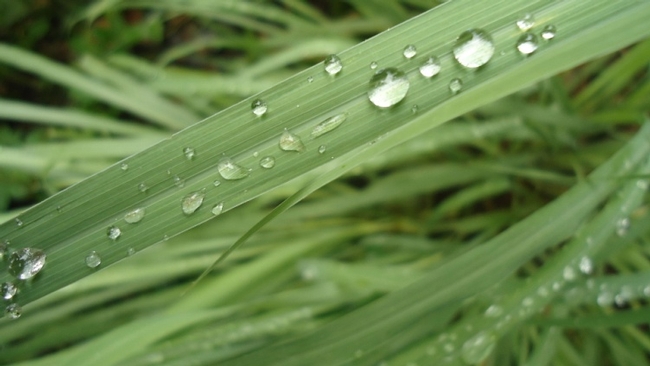
The redlipstick was one of the more unusual plants we saw. The Aeschynanthus lipstick vine has pointy, waxy leaves and blooms with bright clusters of flowers. Vivid red blossoms emerge from a dark maroon bud reminiscent of a tube of lipstick. An assistant told us it was good for dying hair. It is supposedly an easy houseplant to maintain.
More of these fascinating plants will be featured in Part II.
